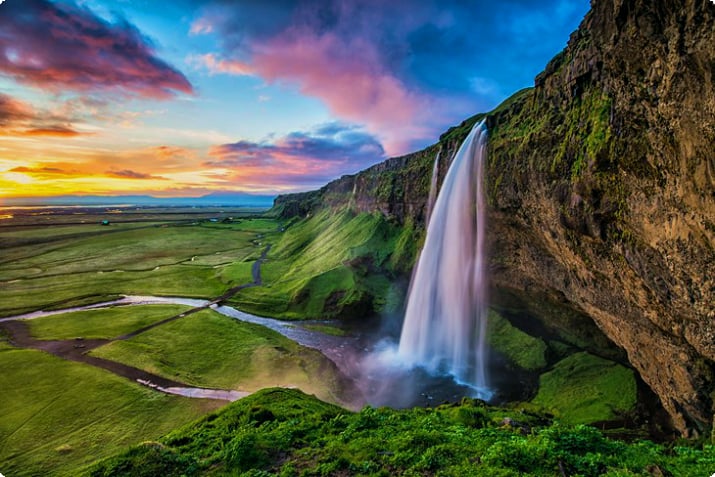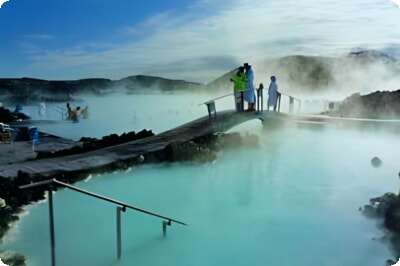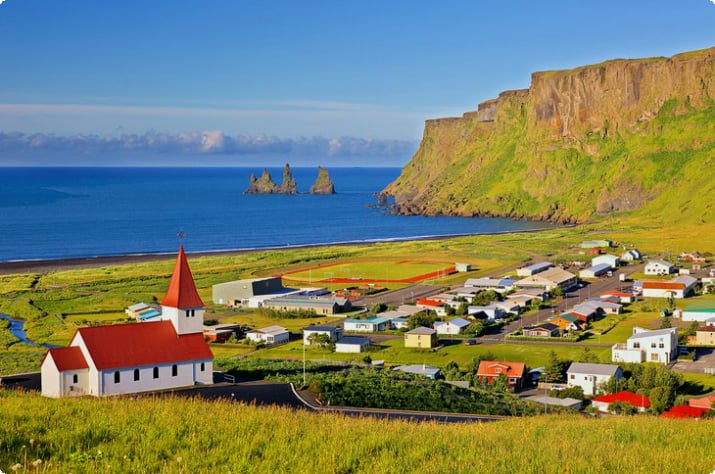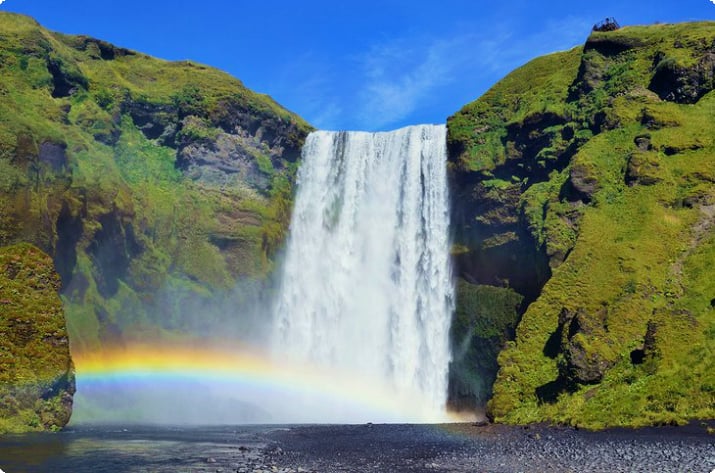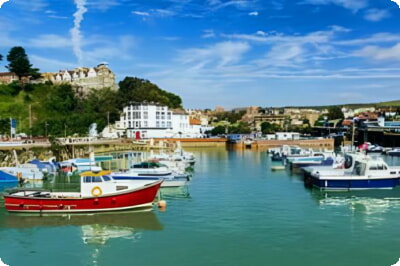Discovering the Best Time to Visit Iceland
Choosing the right time to visit Iceland depends on your interests, whether it's witnessing the northern lights, enjoying extended daylight, or finding the best travel deals.
The summer season is generally the best time to visit Iceland for most travelers. However, preferences vary if you're aiming to see the northern lights, travel the Ring Road without snow, or snag the best hotel and airfare rates during the low season.
Iceland offers a plethora of attractions, from waterfalls and volcanoes to hot springs and glacial lagoons. Timing your visit is crucial to maximize your experience.
Contents:
- Best Time to See the Northern Lights
- Best Month to Visit Iceland
- Best Season to Visit Iceland
- Best Time to Visit Reykjavik
- Cheapest Time to Visit Iceland
- Worst Time to Visit Iceland
- When to Experience the Midnight Sun
- When to Travel along the Ring Road
- When to Visit the Golden Circle
Best Time to See the Northern Lights
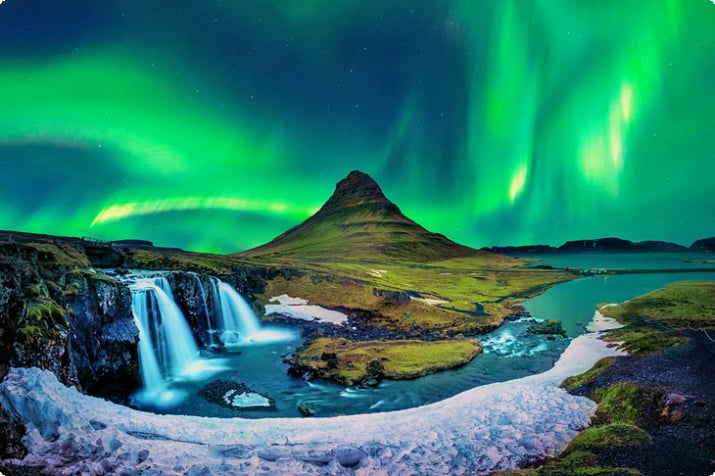
The optimal period for northern lights viewing in Iceland is from mid-October to March or early April, when nights are darkest. Despite November through February having the most unpredictable weather, these months offer the best chance for a clear sky, which is essential for seeing the aurora borealis.
To improve your chances, plan a stay of at least a week and consider lodging outside of Reykjavik in towns like Seyðisfjörður or Höfn. Local guides and tours can also be arranged for a better chance of witnessing this natural wonder.
Best Month to Visit Iceland

July and December stand out as the best months to visit Iceland. July offers long daylight hours and peak whale watching opportunities, while December boasts the longest nights for northern lights and less crowded hot springs like the Blue Lagoon.
Best Season to Visit Iceland
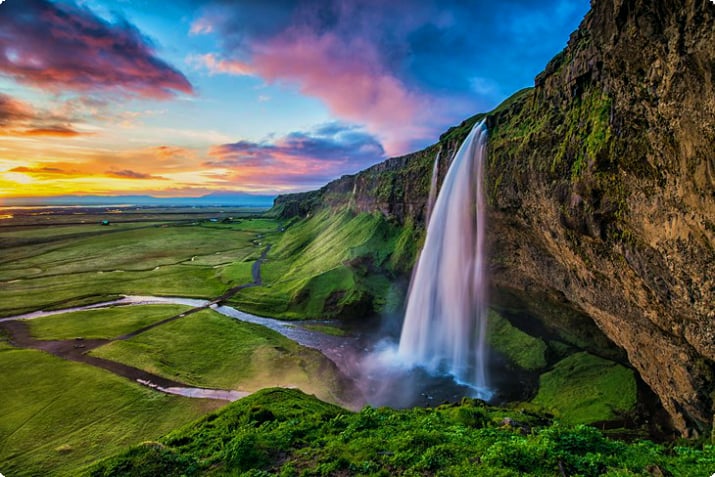
Each season in Iceland has its charm. Summer is ideal for sightseeing and experiencing the midnight sun. Fall brings cooler temperatures and fewer tourists. Winter offers the northern lights and snow activities, while spring is perfect for whale watching and puffin sightings.
Best Time to Visit Reykjavik
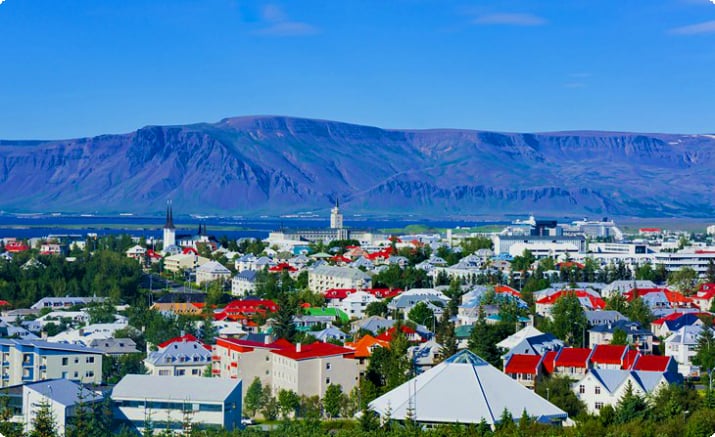
Reykjavik is best explored from June to October when the weather is more conducive to outdoor activities. The city offers various festivals and events throughout the year, including the Winter Lights Festival in February.
Cheapest Time to Visit Iceland
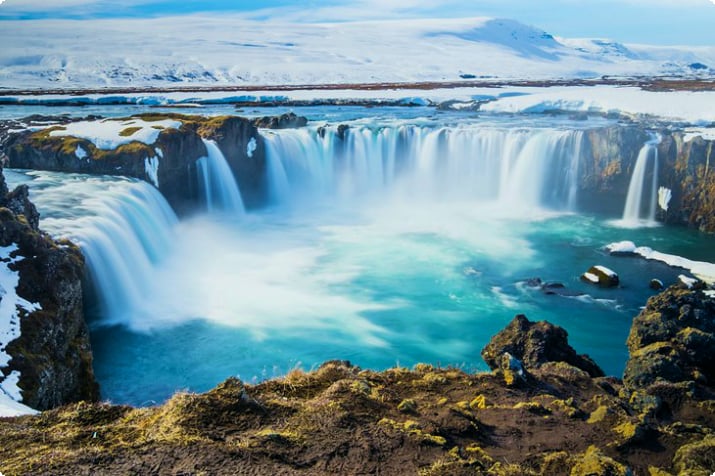
The off-season, from mid-November to April, presents the lowest rates for hotels and airfare. Shoulder seasons, like May through June and September through November, also offer moderate discounts.
Worst Time to Visit Iceland
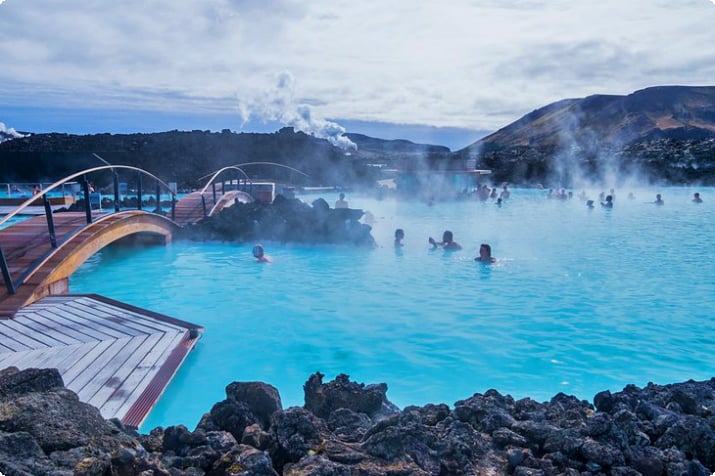
The peak tourist season, from July to mid-August, can be the worst time to visit due to overcrowding. Consider exploring less frequented areas or planning visits outside of peak hours to avoid congestion.
When to Experience the Midnight Sun
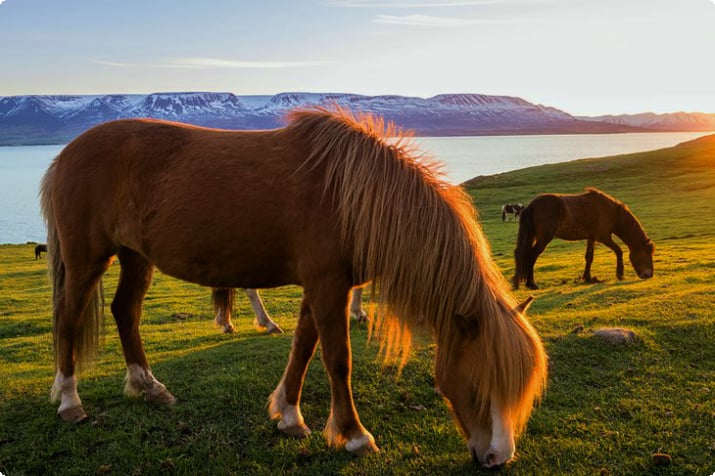
The midnight sun peaks around June 21st, with a broad window from May to mid-August for 24-hour daylight experiences.
When to Travel along the Ring Road
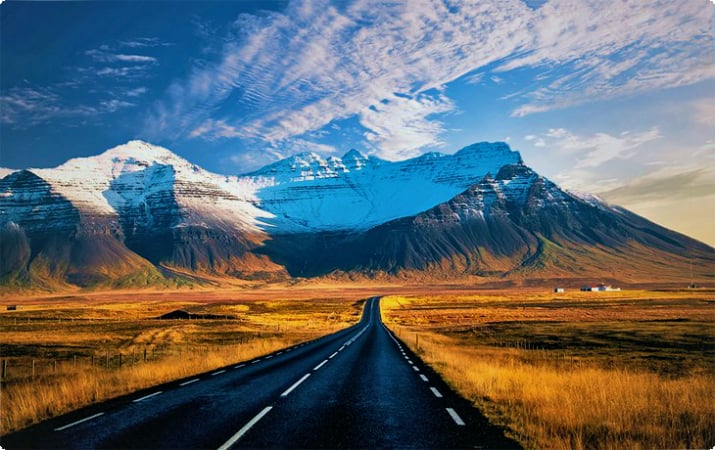
Summer is the best season for driving the Ring Road, with May, June, September, and October being good alternatives with fewer travelers.
When to Visit the Golden Circle

The Golden Circle is most accessible during the summer and early fall, with shoulder months offering a balance between tourist numbers and weather conditions.
More Related Articles on tripates.com
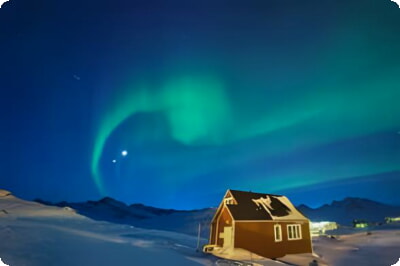
For more breathtaking scenery, consider visiting Greenland for ice fjords and whale watching, Alaska for its parks and landscapes, or Canada's northern regions for polar bear sightings.

